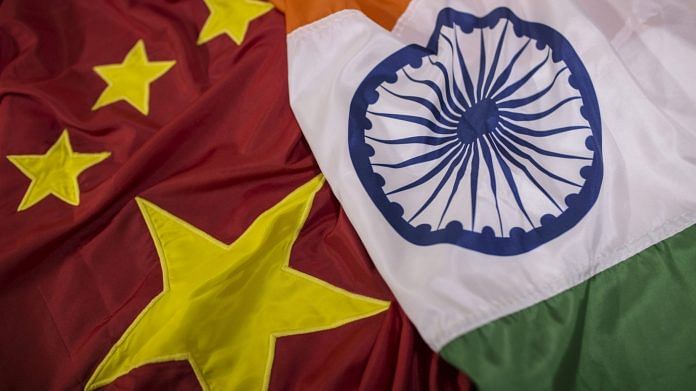New Delhi: Suspicious of the People’s Liberation Army (PLA), the Indian Army continues to maintain a strict vigil all along the Line of Actual Control (LAC) in Ladakh.
Sources in the defence and security establishment told ThePrint that the Army cannot leave anything to chance, and the period until at least the first week of November is crucial.
This is because while the winter starts setting in from October, it is only by mid November that snow becomes a hurdle from an operational perspective, the sources added.
“The situation on the ground remains unchanged. We are at our positions and they are at theirs. We are not leaving anything to chance,” a source said.
The source also said that the entire LAC is being closely monitored because China could open up another front besides the one in Ladakh to pile up pressure on India.
Following the military-diplomatic talks held between both the countries in eastern Ladakh, a joint statement was issued Tuesday evening, stating that both sides have agreed to stop sending more troops to the frontlines in Ladakh, refrain from unilaterally changing the situation on the ground, and avoid taking any actions that may complicate the situation.
However, similar decisions have been taken in the past too during the previous corps commander-level talks.
Also read: 5 maps that tell you all you want to know about India vs China in Ladakh
Agreements were flouted in past
The first major clash between India and China, which happened in the Galwan Valley on 15 June, came after both sides had agreed to disengage on 6 June during the Corps Commander talks.
Both sides had earlier also agreed to not increase the presence of troops along the LAC, but China flouted it, a second source said.
“We have been stressing that words will have to turn into action on the ground. There is no other way…,” the source said, explaining the dichotomy of what China says and does on the ground.
Sources had earlier told ThePrint that as far as the ground situation is concerned, the Monday talks had resulted in a “stalemate”.
While the Indian delegation refused to comply with the Chinese army’s demand to pull out from the southern banks of Pangong Tso, the Chinese declined India’s emphasis on disengagement at all friction points along the LAC in Ladakh.
This indicates that tensions between the two Asian giants, which began in April, are likely to continue through the winter. There are also fears that current positions could be the new status quo for quite some time.
ThePrint had earlier reported that the ongoing tensions could eventually result in increased permanent deployment of forces in forward areas of the Ladakh sector — in what could be termed as the “LoC-isation” of the LAC.
Also read: Modi has key ace left on Ladakh crisis — skip SCO and BRICS summits, embarrass Xi’s China






